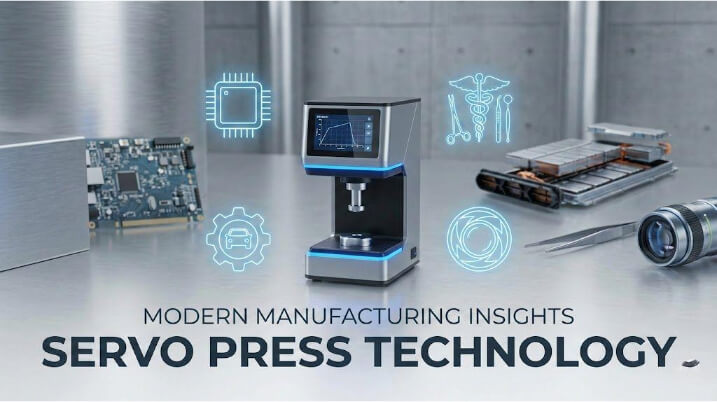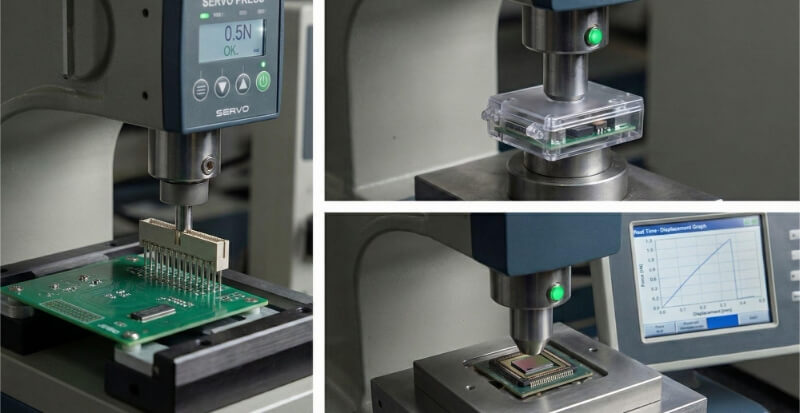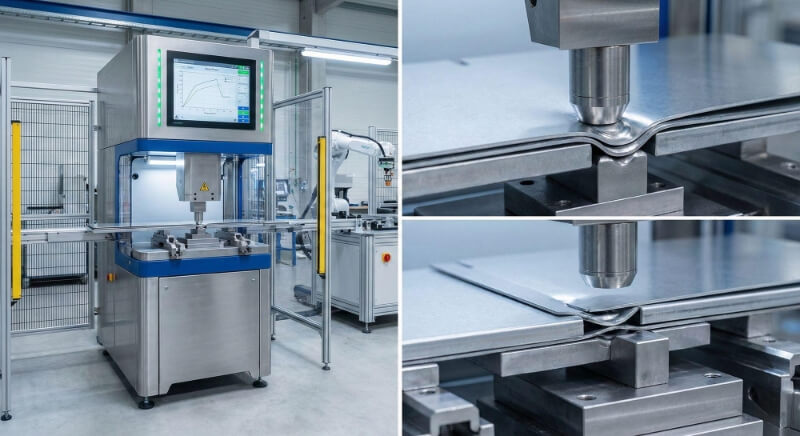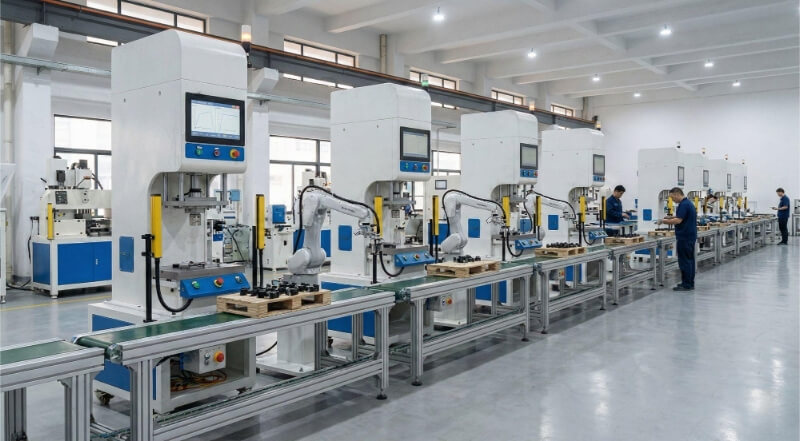Many manufacturers face a tough choice. Should they choose casting or machining for their next part? Each method has benefits and drawbacks. Project goals, material needs, and final part usage should guide the choice. Let’s clarify the differences so you can make informed decisions and keep your projects on track.
Casting works well for making complex shapes in larger quantities. Machining is best for precise, custom parts with tight tolerances. If you want high detail and smooth finishes, machining is a strong choice. If you want to make many parts at once with complex shapes, casting is often better.
Both methods have strengths and limits. Let’s examine how they work and when to use each one.
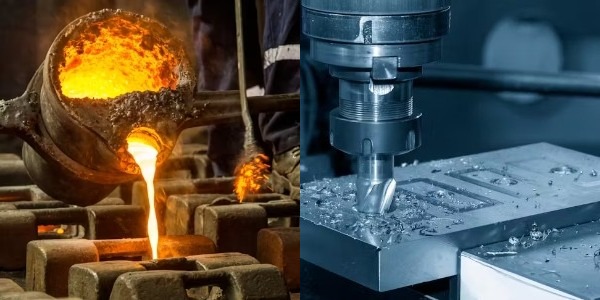
What is Casting?
Casting is a process that melts metal, pours it into a mold, and allows it to cool into a solid shape. Once the metal cools, the mold is removed. This process can produce one part at a time or multiple parts simultaneously, depending on the method.
The mold decides the shape of the final part. It can be made from sand, metal, ceramic, or other materials. Some molds are reusable. Others are single-use.
Casting is often used for parts that are large, heavy, or have complex details that are hard to machine.
Common Casting Methods
Casting methods vary based on the type of mold, the metal used, and the level of detail in the final part. Below are the most common methods used in manufacturing today:
Sand Casting
Sand is packed around a pattern to form a mold. The pattern is removed, and molten metal is poured in. This method is cost-effective and straightforward. It’s best for large parts and low-volume runs. Surface finish is rough, and precision is lower.
Die Casting
Molten metal is injected into a steel mold under high pressure. This method is fast and produces parts with good surface finish and tight tolerances. Best suited for non-ferrous metals, such as aluminum, zinc, and magnesium. It’s ideal for high-volume production.
Investment Casting
A wax pattern is coated with ceramic to make a mold. Once the ceramic hardens, the wax is melted away. This method enables the creation of very detailed and precise parts. It’s used for smaller parts and complex designs.
Permanent Mold Casting
Reusable metal molds are used instead of sand. These molds offer superior surface finishes and tighter tolerances compared to sand casting. Commonly used for aluminum and magnesium alloys.
Centrifugal Casting
The mold rotates while metal is poured in. Centrifugal force pushes the metal to the mold walls. This creates dense, strong parts. Often used for cylindrical parts, such as tubes and rings.
Advantages and Disadvantages
Casting has many benefits, especially when making complex or large parts. But it also comes with some downsides. Here’s a simple breakdown:
Advantages
- Handles complex shapes
- Good for large parts
- Suitable for high-volume runs
- Wide range of metals available
- Low material waste
Disadvantages
- Less accurate than machining
- Surface finish may need extra work
- Shrinkage or defects may occur
- Tooling can be costly for small runs
- Not ideal for very tight tolerances
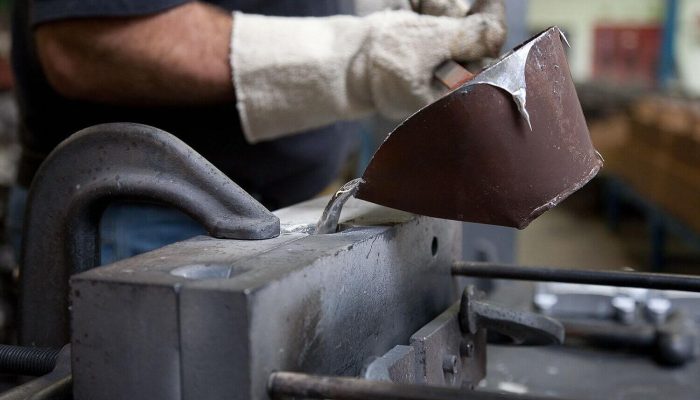
What is Machining?
Machining is the process of cutting away material from a workpiece to form a desired shape. It starts with a solid block of metal or plastic. The machine removes layers using tools like drills, mills, or lathes.
The goal is to get tight tolerances, clean edges, and accurate dimensions. The process can be manual or CNC-controlled. CNC machines follow digital designs to produce consistent, repeatable results.
Machining works well with many materials. Common ones include aluminum, steel, brass, copper, titanium, and plastic. It’s widely used in aerospace, automotive, medical, and electronics industries.
Common Machining Techniques
Machining encompasses several methods, each serving a distinct purpose. The choice depends on part shape, material, and precision needs. Here are the most common techniques:
Milling
A rotating cutting tool removes material from a stationary workpiece. It’s used to create flat surfaces, slots, pockets, and complex shapes.
Turning
The workpiece rotates while a cutting tool removes material. This is done on a lathe. It’s ideal for round parts, such as shafts, bushings, and threads.
Drilling
A rotating drill bit creates holes in the material. Drilling is one of the most basic and widely used machining steps.
Grinding
An abrasive wheel removes small amounts of material. It’s used for finishing and achieving very smooth surfaces or tight tolerances.
Advantages and Disadvantages
Machining is known for precision and flexibility. It works well for custom parts and tight tolerances. But it also comes with trade-offs. Here’s a quick breakdown:
Advantages
- High precision and accuracy
- Excellent surface finish
- Ideal for small batches
- Easy to change designs
- Good for hard metals
Disadvantages
- Material waste is high
- Slower for large volumes
- Can be expensive per part
- Tool wear over time
- Limited to complex internal shapes
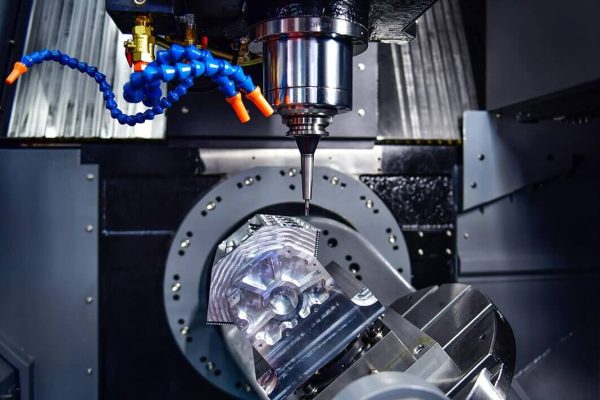
Key Differences Between Casting and Machining
Both casting and machining are used to shape metal parts, but they use very different methods. Each has its strengths, and the best choice depends on what your project needs. Below are the key areas where they differ.
Tooling
Casting often requires custom molds. These molds can be made from sand, metal, or ceramic, depending on the method. The tooling cost is higher initially, especially for die casting, but it becomes cost-effective in large production runs.
Machining uses standard cutting tools and CNC machines. It doesn’t need special molds, which keeps the setup cost low. This makes machining a good fit for prototypes or low-volume orders.
Material Considerations
Casting works well with metals that melt and pour easily, like aluminum, iron, steel, brass, and zinc. Some materials, especially those prone to cracking when cooling, need careful control during casting.
Machining can work with a broader range of materials. It handles a wide range of materials, including hard metals, soft alloys, plastics, and composites. It’s better for materials that don’t cast well or have exceptional strength or heat resistance.
Tolerance and Precision
Casting usually has looser tolerances. Sand casting, for example, may require extra machining to meet exact specs. Even with high-precision methods like investment casting, post-processing is a standard practice.
Machining offers much higher accuracy. CNC machines can hold tight tolerances, often within ±0.001 inches. This is key for parts that must fit together without gaps or stress.
Strength of Parts
Cast parts can have internal defects, such as pores or weak spots. Cooling rates and mold design affect the grain structure and final strength. Parts may need heat treatment to improve their properties.
Machined parts are cut from solid stock, so they keep the original material strength. They are more uniform and dense. This often makes them stronger and more reliable, especially for load-bearing or safety-critical components.
Surface Finish
Casting can produce rough or uneven surfaces, especially with sand casting. Finishing steps, such as grinding or polishing, are often necessary. Die casting and investment casting offer smoother surfaces but may still need cleanup.
Machining produces cleaner and smoother surfaces directly from the machine. For parts that need a polished or tight-fitting surface, machining often skips extra finishing steps.
Design Flexibility
Casting allows for the creation of complex shapes and internal features that are difficult to machine. You can create hollow areas, thin walls, and curved surfaces in one step. This makes casting a good option for intricate designs.
Machining is limited by the tool’s ability to reach and move. Sharp inside corners, deep cavities, or complex curves may be more complicated or more expensive to make. However, it allows easier design changes without retooling.
Production Speed and Efficiency
Casting is faster for large batches. Once the mold is made, it can produce many parts quickly. This is ideal for mass production where setup time pays off over high volumes.
Machining takes more time per part. Even with CNC automation, each piece is cut individually. It’s better suited for small batches or parts that need frequent changes.
Cost Implications
Casting has higher upfront costs due to the creation of molds. But the per-part cost drops with high volumes. It becomes more cost-effective over time when producing many parts.
Machining has lower startup costs but higher unit costs. It uses more material, takes more time, and requires skilled operators or CNC programming. For small runs or custom parts, machining can be a more affordable option.
Casting vs Machining: Applications in Industry
Both casting and machining are used across many industries. The choice depends on the part function, volume, and required precision. Below are common use cases where each method is best suited.
Automotive
Casting is widely used in the automotive manufacturing industry. Engine blocks, transmission housings, and brake calipers are often cast in metal. These parts require complex shapes and can be manufactured in large quantities.
Machining is used for engine components, such as pistons, crankshafts, and cylinder heads. These parts need tight tolerances and smooth finishes to function reliably under stress.
Industrial Machinery
Large machine frames, housings, and pump bodies are often cast in metal. Casting handles the size and complexity at a lower cost.
Machining is used for shafts, gears, precision mounts, and fastener holes. These need high accuracy and clean fits. Often, cast parts are later machined for better detail and fit.
Medical Device
Machining is the preferred method for most medical parts. It allows for precision, clean surfaces, and strict control over tolerances. Surgical tools, implant parts, and custom fittings are usually machined from stainless steel or titanium.
Casting is used less in this field, but it can be applied to housings or parts that don’t contact the body directly. Investment casting offers fine detail when needed.
Aerospace
Casting is used to produce complex, lightweight parts, such as turbine housings and structural brackets. These often undergo heat treatment to enhance their strength.
Machining is used for parts that require flawless quality, such as landing gear, engine components, and airframe fittings. CNC machining ensures repeatability, accuracy, and performance in critical areas.
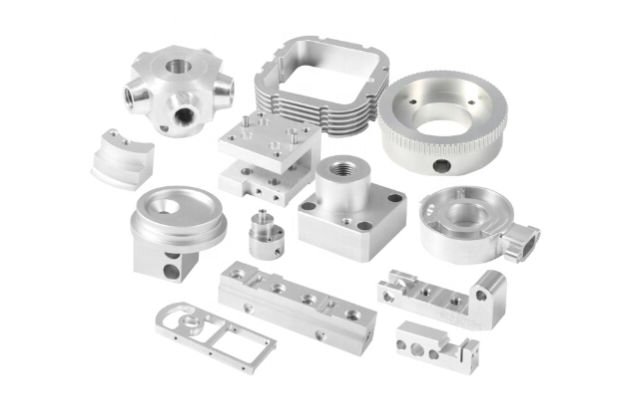
Casting vs Machining: Choosing the Right Process
Choosing between casting and machining depends on the needs of your project. Some parts are better cast. Others are better machined. Let’s examine the key factors to help guide your decision.
Production Volume
Casting makes more sense for high-volume production. Once the mold is ready, each part becomes less expensive to manufacture. This lowers the cost per unit over time.
Machining is better for low-volume runs, one-off parts, or prototypes. There are no mold costs, and changes can be made quickly.
Part Complexity
Casting can create complex shapes in one step. Hollow parts, curved surfaces, and internal features are easier to cast than to machine.
Machining works best for simpler geometries. It can still produce complex parts, but at a higher cost and with longer lead times. Some shapes may require custom tooling or multiple setups to produce.
Desired Precision
If your part requires tight tolerances, smooth finishes, or intricate details, machining is a better option. It gives greater control over size and shape.
Casting has limits on how precisely a part can be. You may need to machine some surfaces after casting to meet tight specs.
Budget Constraints
Casting has higher upfront costs due to the creation of molds. But when you produce in large volumes, the cost per part drops. It’s more budget-friendly for mass production.
Machining has lower startup costs. There’s no need for a mold. However, the cost per part remains higher, especially when extended machine time or specialized tools are required.
Speed of Production
Casting is faster once the mold is made. You can produce many parts quickly, especially with methods like die casting.
Machining is slower. Each part is made one at a time. Setup, tool changes, and cutting time add up. It’s better for smaller batches or when deadlines are flexible.
Material Type
Casting works well with metals that melt easily, such as aluminum, bronze, iron, and zinc. It’s limited by how well the metal flows and cools.
Machining works with a broader range of materials. It handles hard metals, such as titanium and stainless steel. It also works with plastics and specialty alloys that are hard to cast.
Conclusion
Casting is better for high-volume jobs, complex shapes, and lower per-part costs. Machining is best for parts that need high precision, smooth finishes, and tight tolerances. The right choice depends on your design, material, and production goals. If you need to balance cost, speed, and quality, consider all these factors before making a decision.
Are you unsure which process is best suited for your role? Our engineering team can help review your design and recommend the best option. Contact us now to get expert advice and a fast quote.
Hey, I'm Kevin Lee

For the past 10 years, I’ve been immersed in various forms of sheet metal fabrication, sharing cool insights here from my experiences across diverse workshops.
Get in touch

Kevin Lee
I have over ten years of professional experience in sheet metal fabrication, specializing in laser cutting, bending, welding, and surface treatment techniques. As the Technical Director at Shengen, I am committed to solving complex manufacturing challenges and driving innovation and quality in each project.

